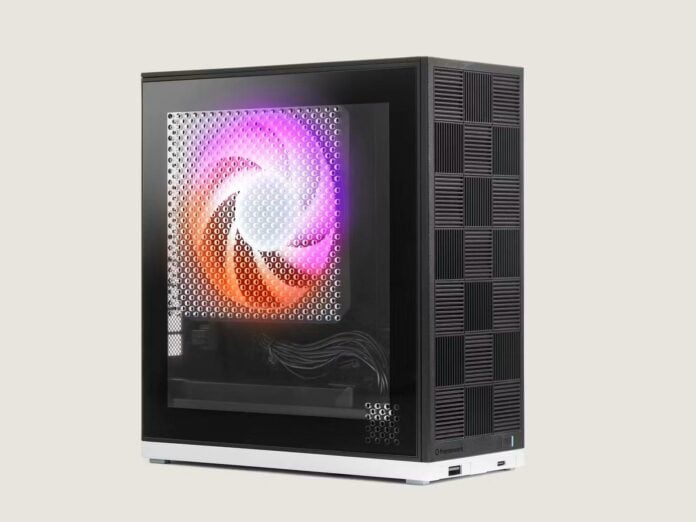Framework, known for its modular laptops, is making a surprise jump to the desktop market. Of course, the company isn’t putting together a standard rig and is bringing AMD’s Strix Halo APU along for the ride. The end result is a rig just 4.5L in volume that could make a great choice for those with space-constrained setups or anyone in search of a petite but powerful PC.
Framework leans on its expertise in customisation and modularity with options to change the chassis look and front connectivity. You can choose between a simple black side panel or a transparent one that suits the RGB fan. You can also swap each of the 21 front panel tiles for coloured or 3D-printed ones. There is even an optional carrying handle if you like taking your PC to LAN parties. If you go with the DIY version, the brand claims that you can build it in 10 minutes without much difficulty.
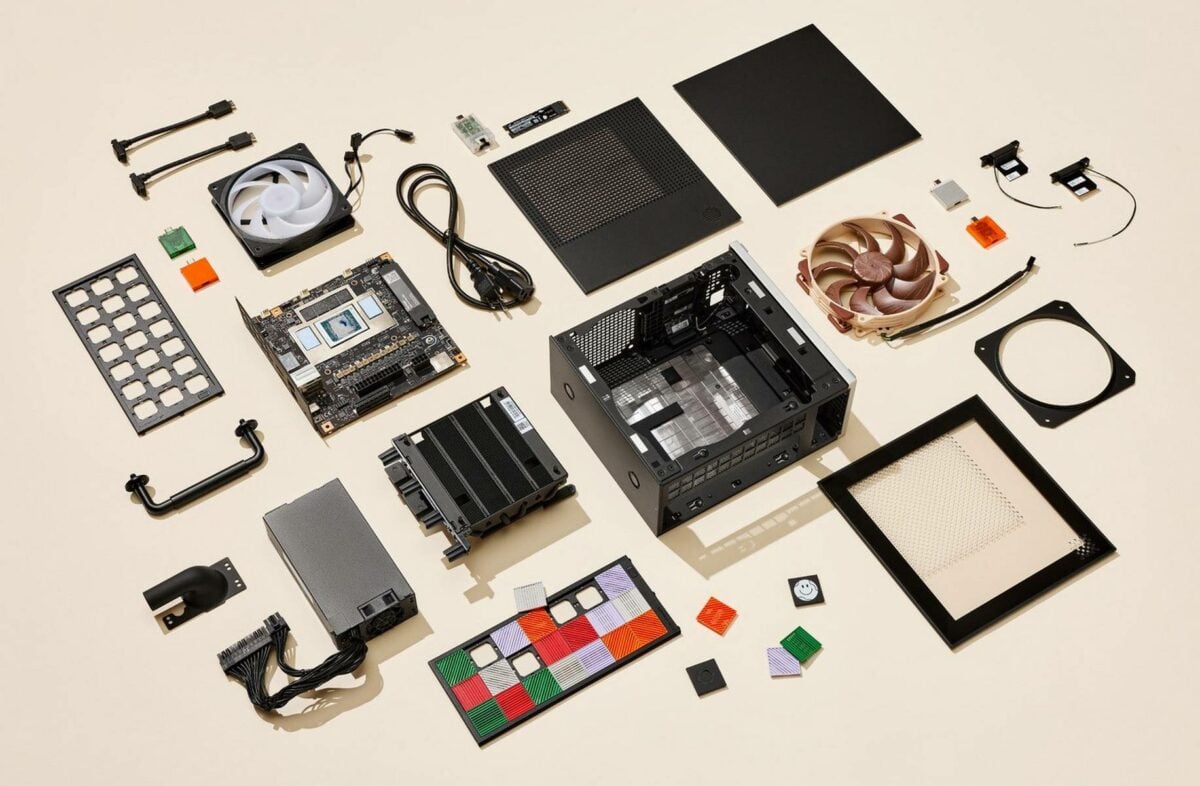
Hardware-wise, Framework offers two AMD chips. The Ryzen AI Max 385 featuring eight Zen 5 cores clocked up to 5.0GHz plus a Radeon 8050S iGPU with 32 RDNA 3.5 CUs (Compute Units) clocked up to 2.8GHz, or the Ryzen AI Max+ 395 boasting 16 Zen 5 cores boosting up to 5.1GHz alongside a massive Radeon 8060S housing 40 RDNA 3.5 CUs clocked up to 2.9GHz. Those dabbling in AI workloads can also benefit from the integrated 50 TOPS NPU (Neural Processing Unit). Everything is fed by a 400W FSP Flex ATX PSU.
Most importantly, since these chips have access to better cooling and unconstrained power, Framework configured them at AMD’s maximum spec which allows them to gobble 120W sustained, with boosts up to 140W. This should help them unleash their full potential, likely offering higher performance than equivalently equipped laptops.
Talking about cooling, in the spirit of customisation the brand lets you choose even the fan you prefer between a Cooler Master Mobius 120, Mobius 120p ARGB, or a Noctua NF-A12x25HS-PWM.
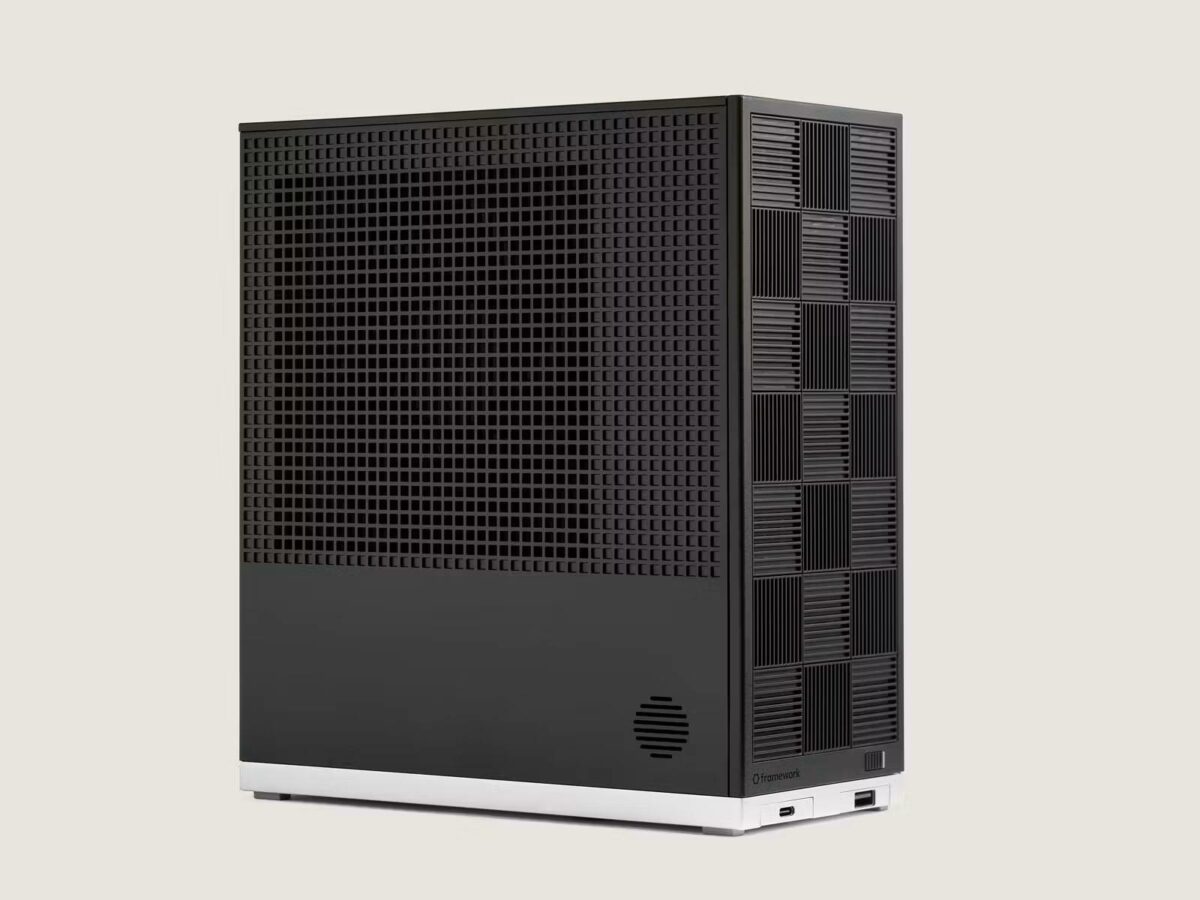
On the memory side you have also three options, 32GB of LPDDR5X-8000 on the Ryzen AI Max 385, and 64GB or 128GB on the Ryzen AI Max+ 395. Enough to suit most users, just note that both the CPU and RAM are soldered to the motherboard, i.e. they are not upgradeable later, so choose wisely. This was necessary to achieve high memory speeds. As for storage, you will find two M.2 2280 Gen 4 slots supporting 8TB SSDs, so plenty of space for such a compact machine.
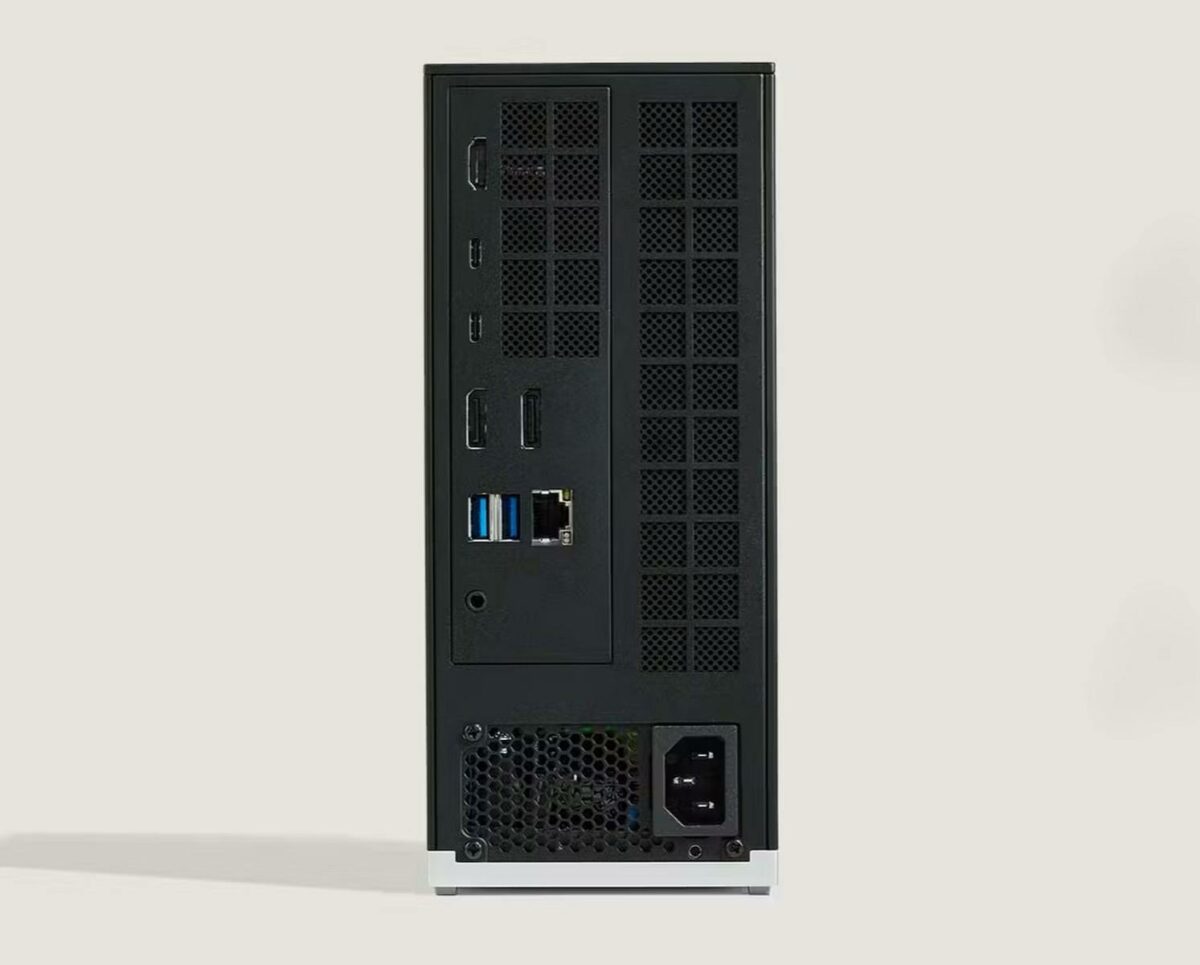
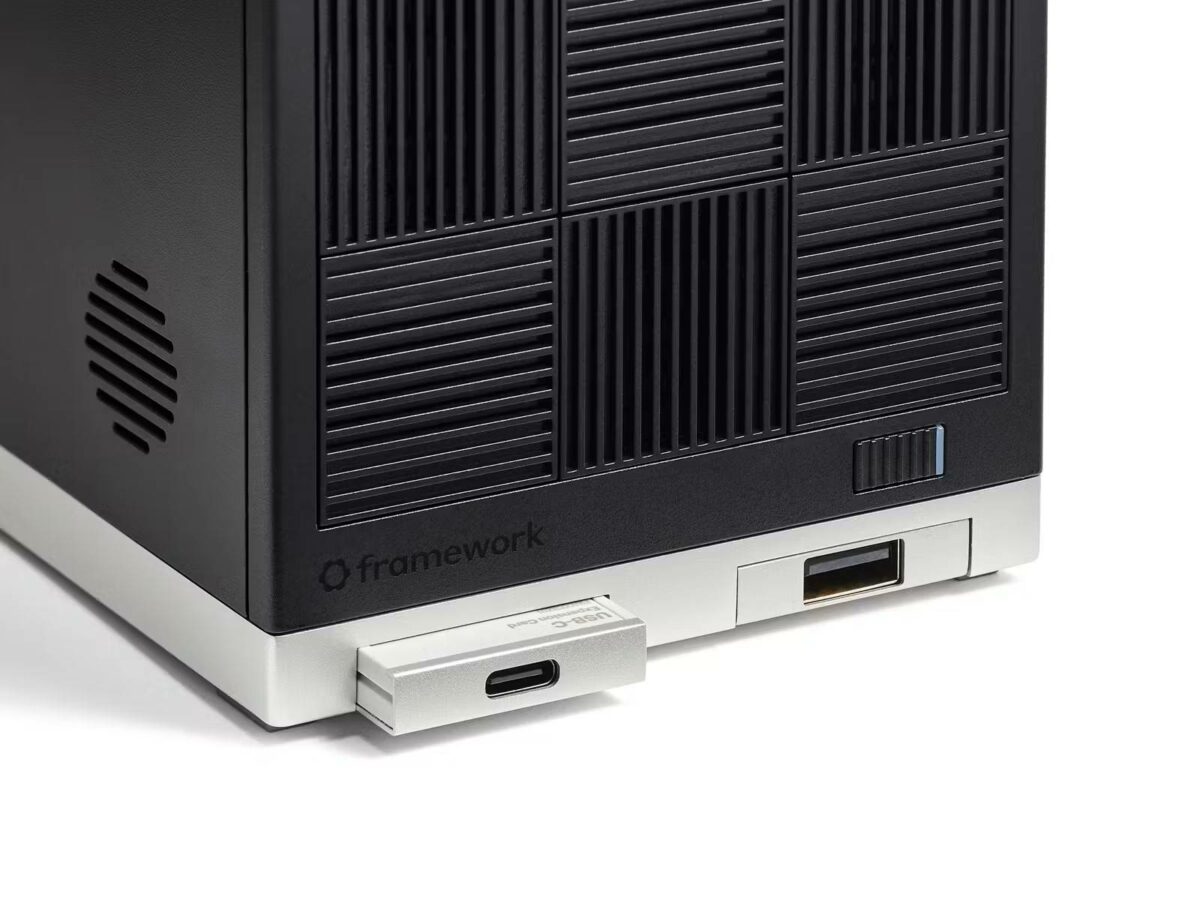
Another advantage to this desktop design is the great and diverse connectivity featuring one HDMI 2.1, two DisplayPort 2.1, two USB 4, two USB 3.2 Gen 1, one 3.5mm combo audio jack, 5GbE LAN, plus Wi-Fi 7. And this is without even counting the dual front expansion cards that can add USB 3.2 Gen 2 or SD card readers, among other things. If you need more, you can always install add-on cards via the PCIe slot.
The Framework desktop PC starts at $1,099 for a Ryzen AI Max 385 plus 32GB of RAM, and goes up to $1,999 for the Ryzen AI Max+ 395 plus 128GB RAM configuration, both arriving a one-year warranty. You can also pre-order the motherboard on its own today for $799 if you’d like to make your own chassis.

